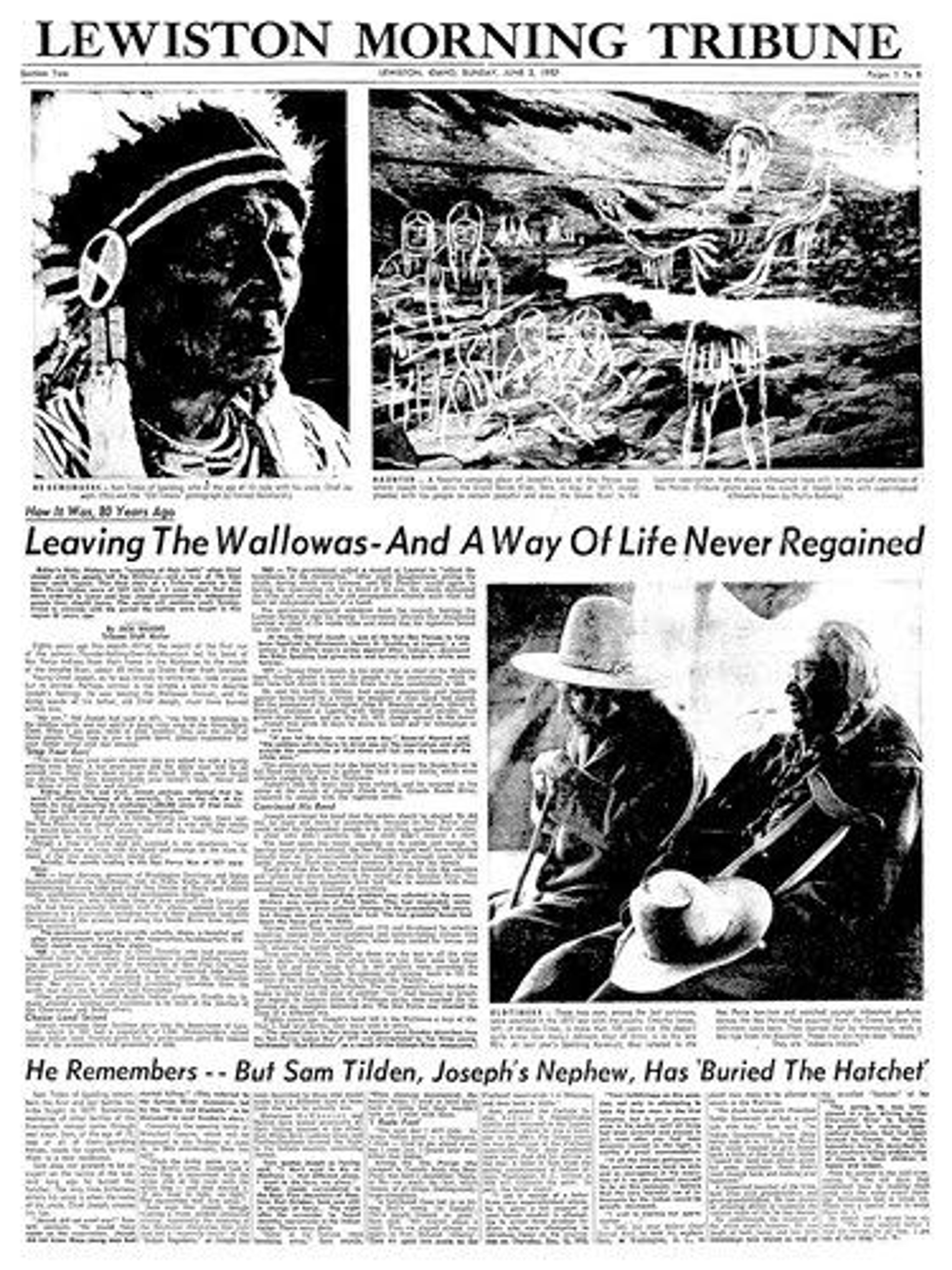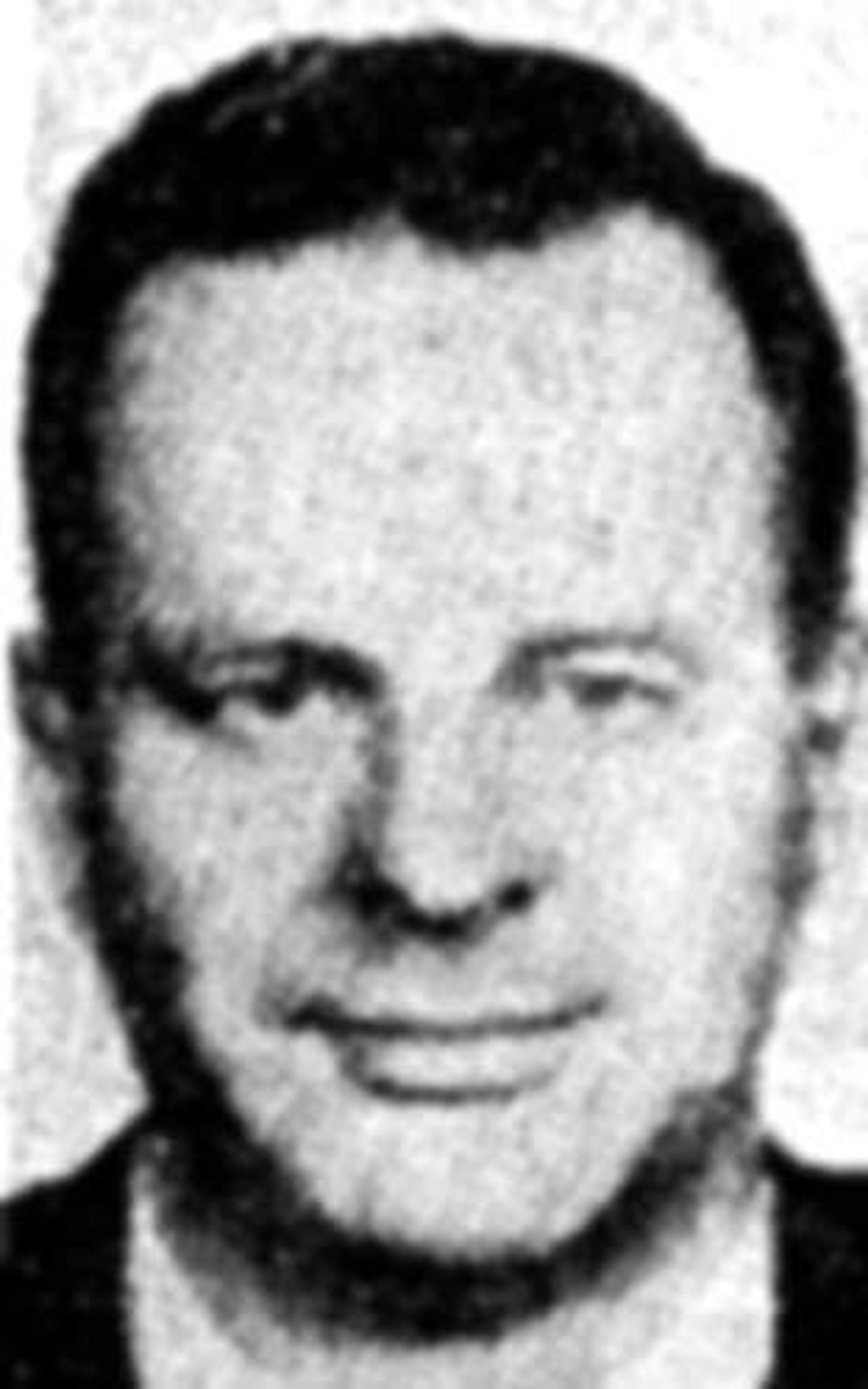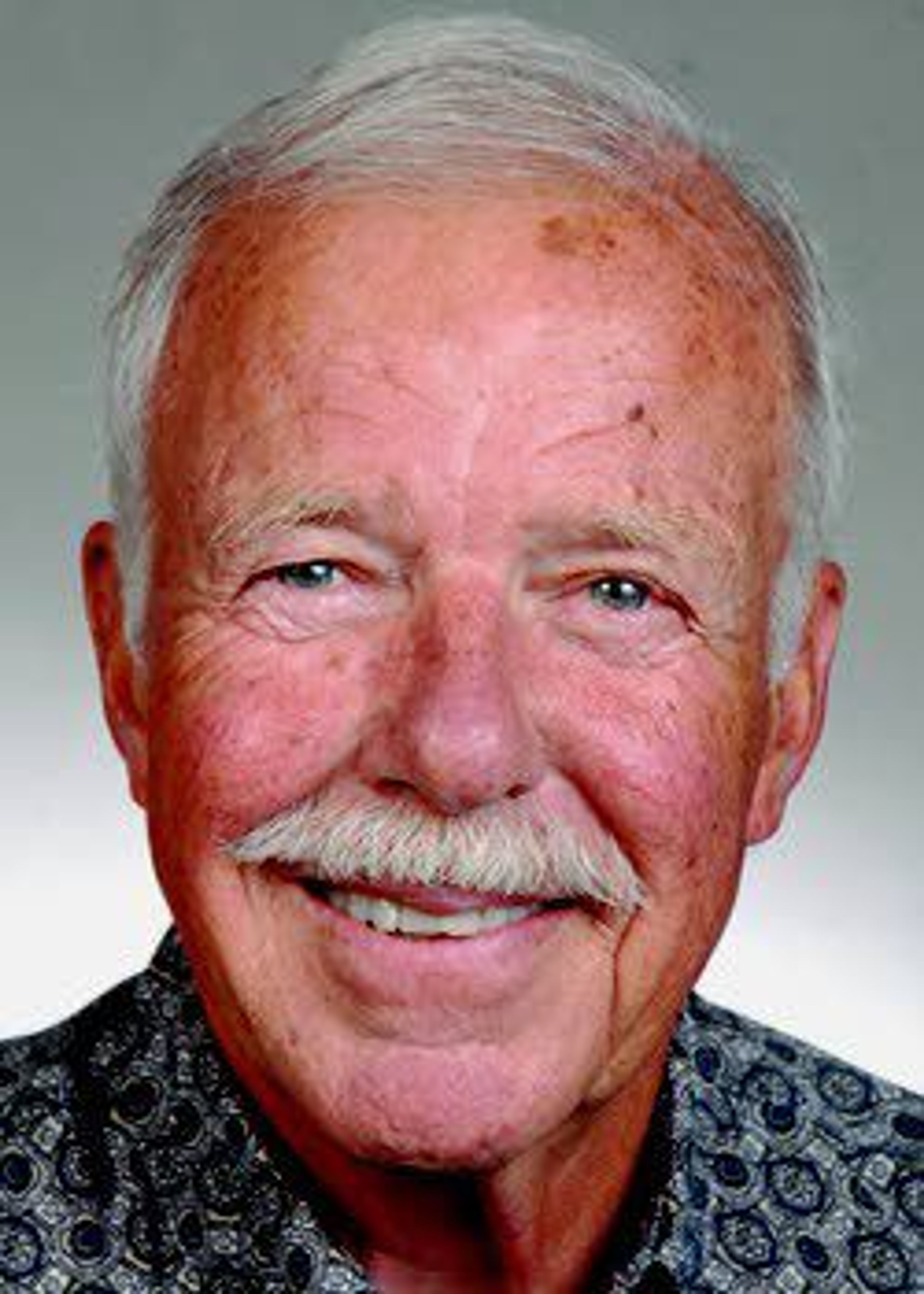It brings back so many memories, this special edition addressing the 140th anniversary of the Nez Perce War of 1877.
One is of Lewiston Tribune reporter Jack Wilkins, who devoted months to an epic report published in this newspaper in 1957, the 80th anniversary of the war. Wilkins was on the Tribune staff for only a few years, leaving to join The Oregonian in Portland. He worked alongside a longtime and legendary news staff, including Managing Editor William F. Johnston, business reporter Sylvia Harrell, government reporter William E. "Johnny" Johnson and reporter-columnist Thomas W. Campbell.
A first assignment given to Wilkins was coverage of the Nez Perce Tribe. He would attend meetings of the tribe's general council and the Nez Perce Tribal Executive Committee. Until this time, continual coverage of the tribe had been sporadic. It was, in my eyes, recognition of the importance of the tribe and its culture, business and government.
During Wilkins' tenure, this young cub reporter was in his junior and senior years of high school, yet allowed some amount of reporting, and then in first of four years as a student at the University of Oregon, when summers and holidays found fill-in reporting shifts. Wilkins was a talented writer and a reporter excellent in detail. His departure some six decades ago resulted in a continued tradition of Tribune news staff's coverage of the Nez Perce Tribe.
I remember devouring Wilkins' series on the War of 1877. It was just a week ago that I re-read his stories. The enjoyment I had will, we hope, be followed by today's 2017 readers finding fulfillment in what was written these years ago - and deserving to be presented again - along with our updates of today, particularly Nez Perce tribal members and their thoughts about 1877 and the impact on its people, scheduled to run in Sunday's Tribune.
With tears forming in 1957 when Wilkins wrote that the "story will live," I again had such nostalgia a week ago. Wilkins recounted that the "story (of the War of 1877) will live as long as boys have imagination, or as long as mature Americans can analyze the hideous as well as the heroic deeds that are part of our history."
Aptly, Wilkins had no desire to end his series on "a note of attempted eloquence." Chief Joseph's words, he noted, were themselves "libretto and lyrics of an American epic."
Again reading the series brought back memories of the late Jesse Tilden, a 1956 graduate of Lapwai High School, and one of several Nez Perce friends for me and other Lewiston High School graduates of the same year.
Jesse was a direct descendant, a grandson I have presumed, of Sam Tilden, a Nez Perce of 10 years old who tended the horses during the War of 1877, in person at White Bird and through the surrender by his uncle, Chief Joseph, on Oct. 5, 1877, at the Bear Paws in Montana. Sam accompanied Joseph on one of his several trips to Washington, D.C., meeting President Theodore Roosevelt, unsuccessful in attempts to regain some small amount of land in the Wallowa home ground.
Knowing Jesse Tilden gave us young comrades an enduring respect for the Nez Perce.
Children of my era remember well our play time in Lewiston's Pioneer Park. The outlines of a rifle pit were just south of the Carnegie Library. Others were on First Avenue, just west of Prospect Boulevard, above downtown, and another on Fourth Avenue in the 700 block. These rifle pits were to guard the southern approach to the city below.
There's one resemblance between June of 1877 and June of 2017. Where Joseph's band crossed the Snake River from Oregon to Idaho in early June of 1877, leaving the Wallowas, the river was in flood stage from melting snow. Today's post-winter conditions must bear some resemblance to the crossing site some 50 miles south of Lewiston-Clarkston.
This Jack Wilkins series is bittersweet, too, of growing up in Lewiston in the World War II years of the 1940s. As I and friends would go on a Saturday afternoon to the Liberty or Roxy theaters in downtown Lewiston, we would walk by Main Street bars that had front door signage saying, "No Indians Allowed," including the barbershop near the Liberty. In our home, and hopefully in most others, there was respect and admiration for our Nez Perce neighbors.
Asking why we patronized the Liberty Barber Shop with such a sign on the door, the Tribune's managing editor and my father, A.L. "Bud" Alford, responded: It's better not to boycott; it's better to calmly discuss and hope for progress.
The War of 1877, we all learned, was not started by a bullet from the Nez Perce. It was from the cavalry.
The New York Times editorial of that day (see page 1A today), an eastern voice supporting the "friendly" Nez Perce and proclaiming them victims, resonates in 2017 as it did in 1877. Nez Perce courage and tenacity are the two words that come to my mind, whether thinking of either 1877 or 2017.
---
Alford is president of TPC Holdings, the parent company of the Lewiston Tribune and Moscow-Pullman Daily News. He may be contacted at alajr@lmtribune.com or at (208) 848-2250.











